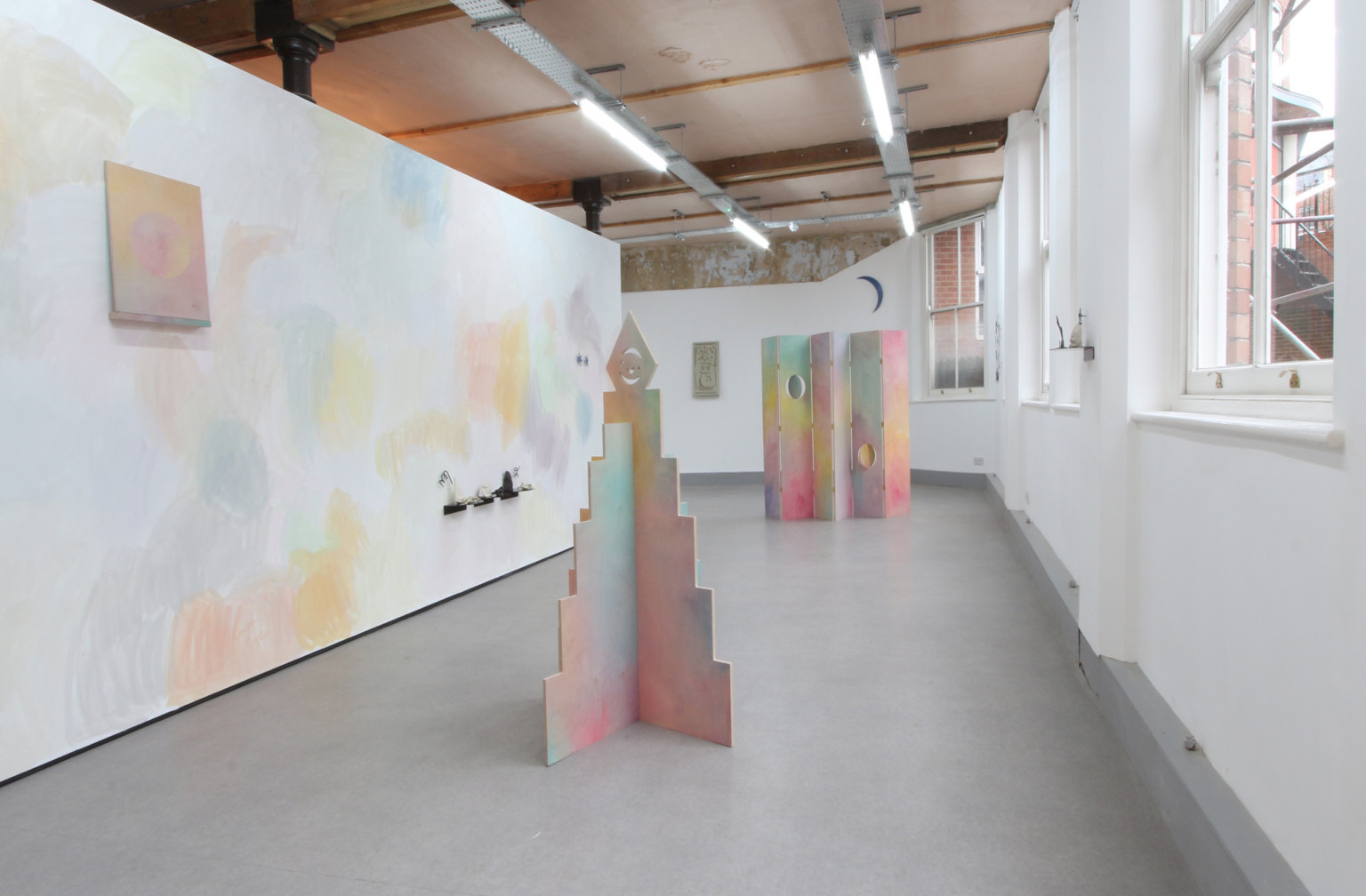Next Steps: Getting paid
We highlight a number of resources for recent graduates focusing on getting paid, ranging from proposals and negotiating to what an exhibition agreement should cover.
Artists are often asked to work for free, but as we all know, ‘exposure’ doesn’t pay the bills.
So, it’s important for new art graduates to recognise the value of their time and to be prepared to say no to any ‘opportunity’ that is in fact just thinly veiled exploitation.
Being professional about your work as an artist is one important way of ensuring that you are in turn treated with the professionalism and respect you deserve. a-n has created a range of resources to help artists navigate getting paid, with particular focus on exhibition payment.
Exhibition proposals
a-n’s Exhibition Payment Guide says artists should make sure they provide clear evidence of their work and experience when approaching a gallery with a proposal.
Researching the organisations you intend to approach is the most important step to creating a successful proposal, so before putting a proposal together spend some time getting to know whoever you are approaching.
Engage with an organisation’s remit to find the best fit for your project. Different types of organisations have different approaches to programming. Are they large, mid-scale or small? A festival, publicly funded or local authority venue? A commercial gallery or an artist-led space?
Find out as much as possible about an organisation’s artistic direction and programme themes.
If you can, visit and attend events to learn how an organisation operates and who its audience is. Use its website. Look at past exhibitions and events, social media, artistic policy and the organisation’s vision to give you a sense of whether your proposed project will fit.
The five key things to include in a proposal are:
- A description of the proposed work.
- An estimate of the space required to exhibit.
- A biography or CV of the artist/s involved.
- Links to a portfolio, or images of relevant or recent work.
- An itemised budget.
Exhibition agreement
To fully inform your negotiations and create a bespoke, formal arrangement you can use the Exhibition agreement within a-n’s Contracts Toolkit.
Whatever form an exhibition agreement takes, it should clearly set out an agreed schedule of work and delivery dates, the amount and dates of financial payments to be made (including the Exhibition Payment and the value of any non-cash benefits agreed).
Ask yourself, what is the purpose of the agreement? Most exhibition agreements will be to essentially hold an exhibition of particular works (new and/or existing).
The nature, scope and intention of the exhibition needs to also be clarified, so include a short description of the intention or theme and/or title of the exhibition, including whether solo or group, and names of other exhibitors.
The parties to any agreement may include the artist who has made the work, the exhibiting organisation or an independent curator. An additional agreement may be required if works are to be loaned to the exhibition from an owner (other than the artist), such as a private collector, and if works are to be consigned from a gallery representing the artist.
Other key points to consider:
- When will the exhibition be open to the public?
- When will the preview take place?
- Who will deliver the works to the venue and return them afterwards to the artist?
- Who is installing and de-installing the exhibition?
- Who is taking care of loss, damage and insurance?
- Publicity and promotion
- What fees and expenses will be paid?
- Will work be for sale?
To read the full article on proposals, available to a-n members, click here.
To read the full article on negotiating and exhibition agreements, available to a-n members, click here.
Graduating in 2024? Get 50% off a-n Artist membership
Everything you need to make the transition from student to professional artist.





